In conversation: Nick Waplington and Isaac Mizrahi on the creativity and chaos of the 1990s fashion studio
Nick Waplington’s behind-the-scenes photographs of fashion designer Isaac Mizrahi’s New York studio capture a golden age of style. As they go on display at Hamiltons Gallery in London, the pair look back at the images with Wallpaper’s Dal Chodha
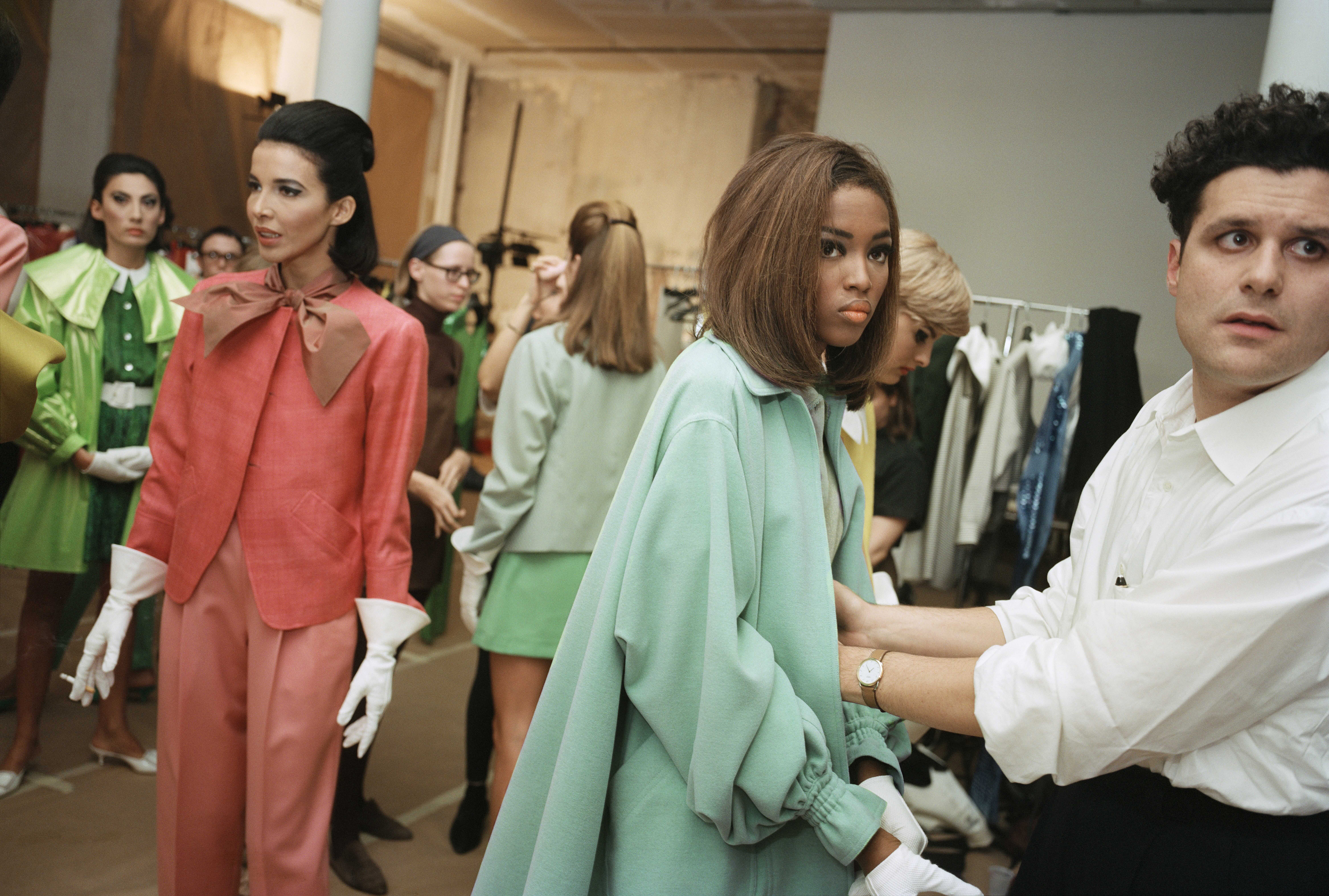
As an intimate show of pictures taken by photographer Nick Waplington at fashion designer Isaac Mizrahi’s restless downtown Manhattan studio in the early 1990s opens at Hamiltons Gallery in London – Nick Waplington: We Dance in Mysteries: The Isaac Mizrahi Photographs (27 June-23 September 2025) – Wallpaper* contributing editor Dal Chodha talks to them both about shifting and shuffling at the edges of the frame.
Isaac Mizrahi: We haven't really talked about the pictures ever – have we, Nick? It’s so hard to because what I like is that they are kind of ridiculous. I love that they’re these random moments of whatever Nick found interesting.
Dal Chodha: I’m curious about them precisely because they’re not ‘perfect’ photographs; they have an energy and a noise to them that we’ve lost in fashion photography.
Nick Waplington: They were taken between 1989 and 1995 on a 6 x 9 single-lens reflex with a big flash. That camera was developed for taking landscape photographs and should have been on a tripod, but I handheld it. I’m interested in appropriating equipment for purposes it’s not really meant for. When you see the pictures small, they look like they are 35mm, but when you make an enormous print of it, you realise that they can't be. You get amazing sharpness, but sometimes there are out-of-focus bits and rough areas.
In conversation: Nick Waplington and Isaac Mizrahi
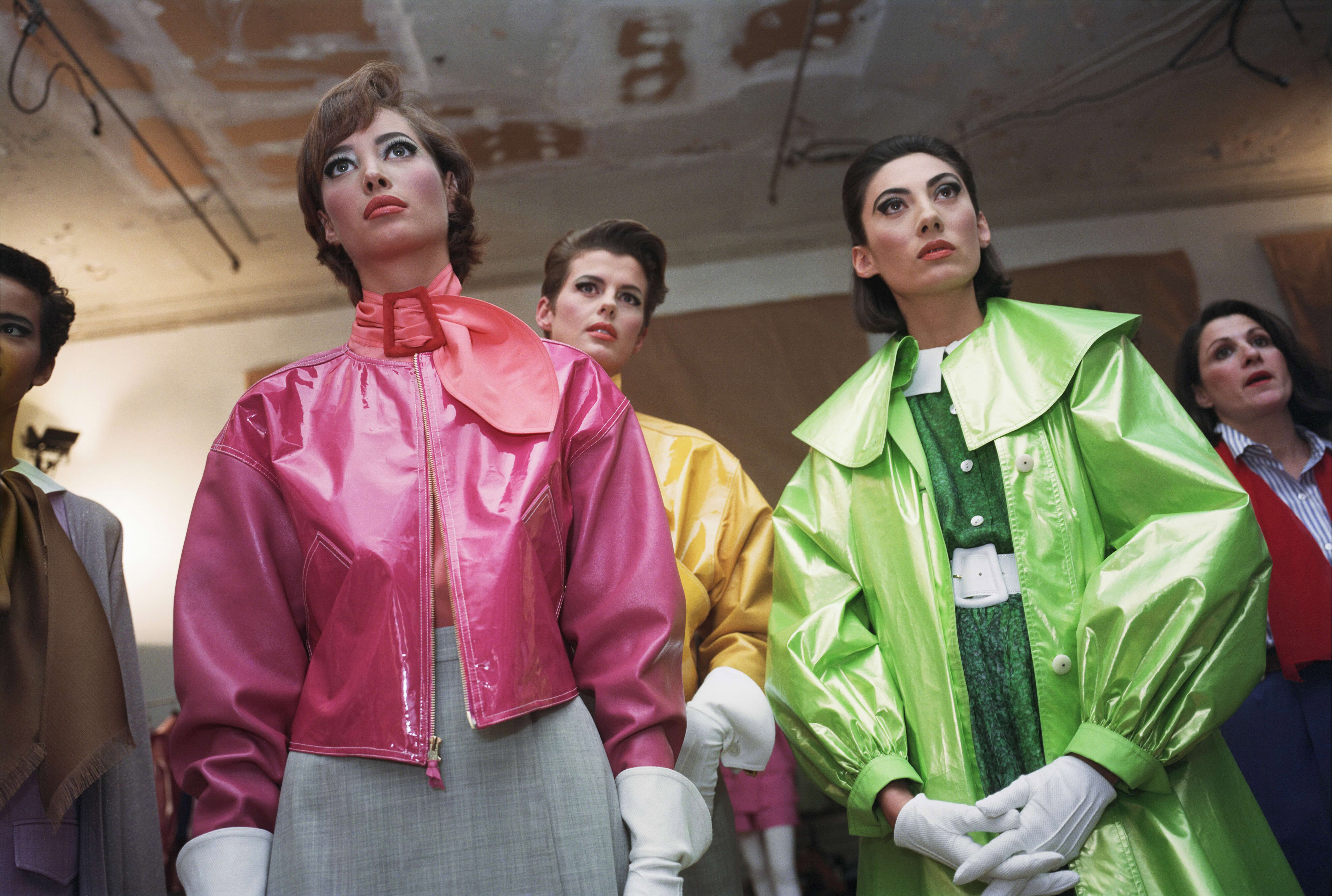
Nick Waplington, Untitled (WDM 196), 1989-1995, from the series We Dance in Mysteries, 1989-1995
IM: Mostly, Nick’s pictures are in colour and so that is a very, very big part of what makes them. The colour and the composition are pure Douglas Sirk! The orange, the green, your brain melts from the richness. And it is so trite to say, I'm sorry, but the composition is something! Nick is really good at blending in, letting people go about their business while he’s secretly taking insanely beautiful landscapes.
NW: I’m a voyeur. I don't take part in the action. I’m in the background somewhere…finding the moments. I'm also the first generation after black and white had stopped being the norm within art photography. A decade before me, there was Stephen Shaw and William Eggleston; they'd made colour acceptable. So when I came to photography, I only did colour.
DC: And at Isaac’s you had a lot of it. How did you both come to work together?
Receive our daily digest of inspiration, escapism and design stories from around the world direct to your inbox.
IM: We were introduced through Richard Avedon, with whom I was very good friends. I had approached him to make pictures for an ad campaign and he said, ‘Darling, you can't afford me. Talk to Norma,’ who ran his studio. Then he said he had an incredible student called Nick and when I looked at his book, I flipped out and sent it to Tibor Kalman – the art director – who was a mutual friend of ours. Tibor put this together. I was shocked that Dick [Richard Avedon] would actually show a book that was so intensely about composition and colour, which is not something I think of from him at all, he was the studio photographer, mostly black and white, all that light in everybody's face, and everybody looked gorgeous. In Nick's pictures, nobody looked gorgeous.
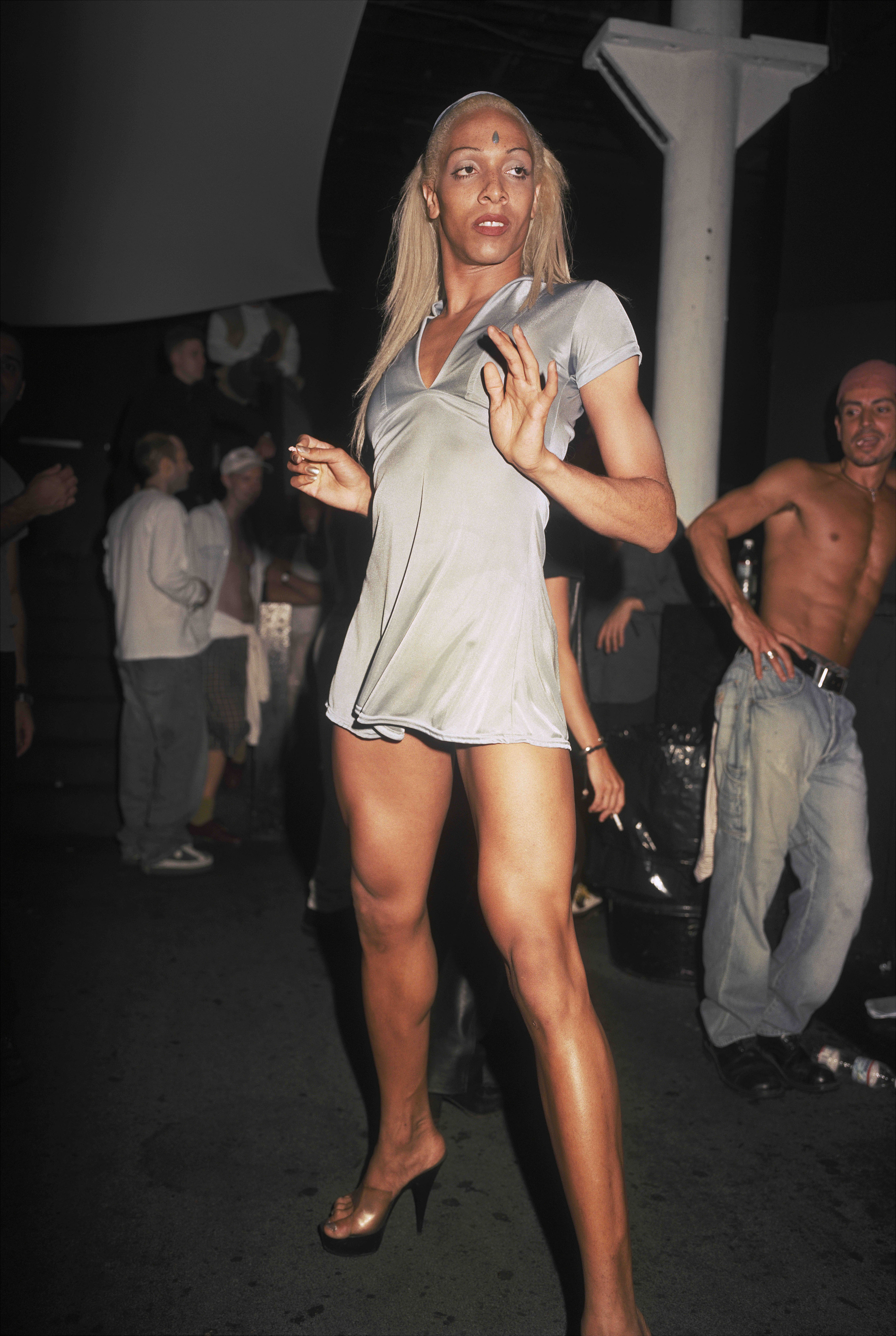
Nick Waplington, Untitled (WDM 196), 1989-1995, from the series We Dance in Mysteries, 1989-1995
DC: I remember you said that you had a particular photograph in mind that Avedon had taken in the workroom at Dior in the late 1940s of a model with her back turned to the camera in the middle of a fitting. That was what you wanted.
IM: Yes, it’s just so beautiful because it’s about clothes. She didn’t know that he was taking the photo and so that’s what inspired Dick to give me Nick's book and then he showed up in the spring of 1989. Before this, I remember somebody once came to take some pictures of me for Artforum, and during the whole shoot, I felt their presence. That wasn’t wrong or bad per se, but I really felt like I was being judged and that my world was being edited to suit someone else’s vison. When it was published I remember feeling a little misrepresented. With Nick, he just walked in with absolutely no judgment. No politics. To him, we’re nothing but these objects that make shapes and colours and opportunities for incredible composition – that's all we are. That was what shocked me, that I could actually be comfortable; I knew immediately that there wasn't any kind of agenda. He just wanted to take pictures.
DC: You must have had some kind of agenda, Nick?
NW: Not really, no. I did it because I respected Dick – and he thought it would be good for me. I don't think I had ever done commissioned work before and so a lot of it was just trying something new. I had no interest in fashion, I used to read i-D and The Face, but I didn't know anything about high fashion. For me, this was just an interesting situation and a chance to experiment and learn.
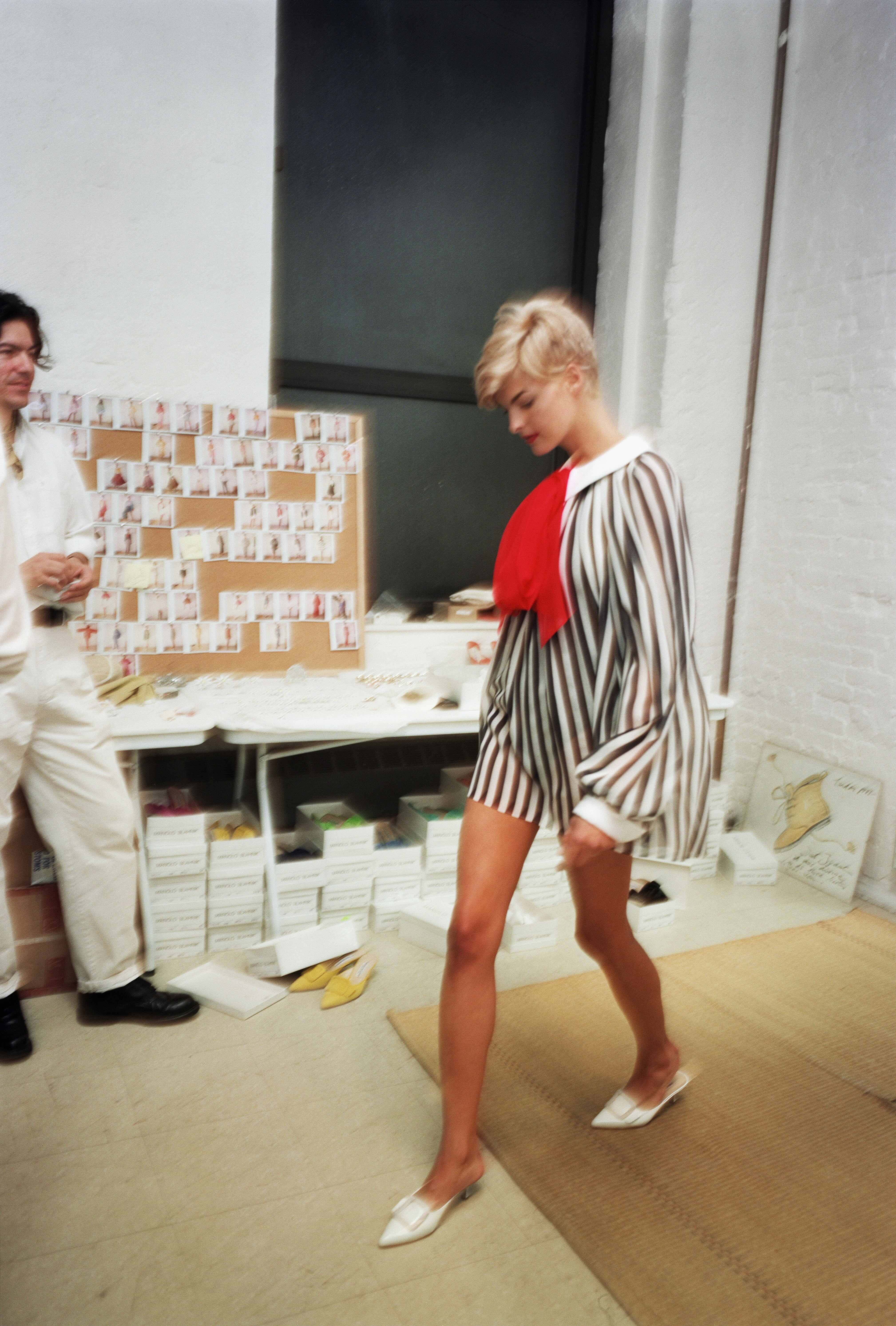
Nick Waplington, Untitled (WDM 196), 1989-1995, from the series We Dance in Mysteries, 1989-1995
DC: How was it stepping into Isaac’s studio?
NW: I don't remember the first day, but I remember the first season, which was kind of strange, because this was the time of the supermodel. So, I was there, and over there was Christy Turlington and Linda Evangelista, and there was Cindy Crawford. And we were all in our twenties, and so to be hanging out with them, with Isaac and his team, that was quite surreal. It was also enjoyable. I wasn't expecting the singing, though, Isaac, that was a big revelation for me…
IM: What I want to know from you is what it was like, as a young, straight man looking at these women?
NW: It’s funny because I was told afterwards that there was a kind of try-out period to see whether I was going to be some lecherous dude. I was very happy that I passed that test. When I did this kind of project again 20 years later for Alexander McQueen, they did the same thing – and I passed that test! For me, I was there to take pictures, and I wouldn't be able to do my kind of picture-taking if I was actually involving myself in the situation. I was there to shoot images for advertising campaigns – and I needed to get on with it. I wanted to do it as well as I could.
IM: For me, as a 26-year-old having this enormous kind of success and scrutiny, I was asking people to look at me and yet at the same time, I also wanted to deflect a certain kind of attention. And this is what led to Unzipped (Douglas Keeve’s 1995 fly-on-wall documentary), too. This idea of looking not at the actual thing, but at what creates the thing. The idea of process. And that was what led me to that picture of Dick’s at Dior. It was so much more fabulous because it was about the clothes. I wanted it to be about that, and not so much about me, and yet, there I was singing and being a ridiculous fool.

Nick Waplington, Untitled (WDM 196), 1989-1995, from the series We Dance in Mysteries, 1989-1995
DC: What were you singing?
IM: Doris Day! And you know, we had had people like Sandra Bernhard coming in. André Leon Talley and Liza! I don't know if you ever met Liza at my studio, Nick? She used to come and do fittings and sing the whole time. There was a lot of singing.
NW: There was a lot of singing. I loved it once I got used to it but, at first, I was a bit like, wow… I didn’t really talk to anyone when I was shooting as that would have created a different situation. I used to talk to people outside of the fittings or in these down moments and everyone seemed very interested in my photography. That’s why I also wanted to show this work with some pictures I took of the house and techno scene – now a vanished moment in New York’s cultural history. In 1992, there was a show of Isaac’s pictures at James Danziger Gallery but it wasn't as successful as I thought it was going to be.
IM: What do you mean by ‘successful’? You didn't sell any prints?
NW: No, I did sell some, but I thought I'd sell more. Actually, I always hope I’ll sell more but it was good to do it. This was before the crossover between fashion and fine art photography would happen in the late 1990s. Around 1989-1990, Avedon had taken me around all the big galleries, and they loved the work but said they would never be able to sell it. So, honestly, I was expecting to have to work in a factory during the week and take pictures at the weekend. That was my expectation at the end of the 1980s. And that would have been fine by me.
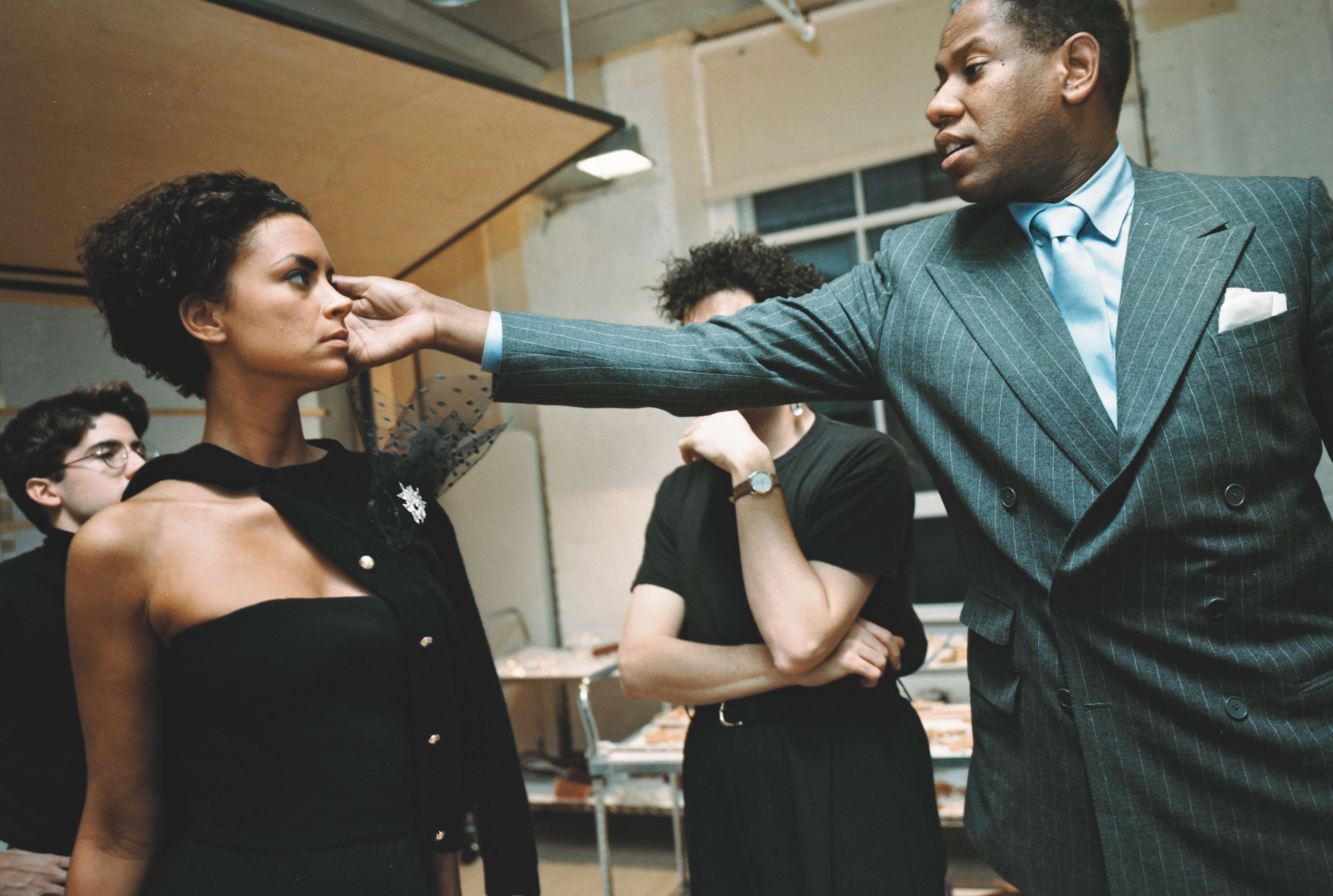
Nick Waplington, Untitled (WDM 196), 1989-1995 from the series We Dance in Mysteries, 1989-1995
IM: What I thought was so great about that show was that it did not feel like ‘fashion photography.’ The night it opened, I was very busy, and I remember thinking, ‘oh, right, I'm supposed to go to this opening of Nick's’ – it was his show. If a designer and a photographer did a show like that today it would be a much bigger affair, but we didn’t think about things in those ways back then.
DC: Even though it was a commercial project – these images were going to become your seasonal campaign – I guess what you can tell is that Nick is not in service to you, and you're also not in service to him.
IM: It’s chaste. It’s not exactly sexy, it's not vulgar, it's not craven, it's not about money. And yet, there you have Nick talking about selling them! I love that anomaly.
DC: It’s too easy for us to fall into the trap of ‘oh my god, now we have social media everything's kind of awful’ but I wondered what you think still vibrates in these pictures that is true for today? What hasn’t changed?
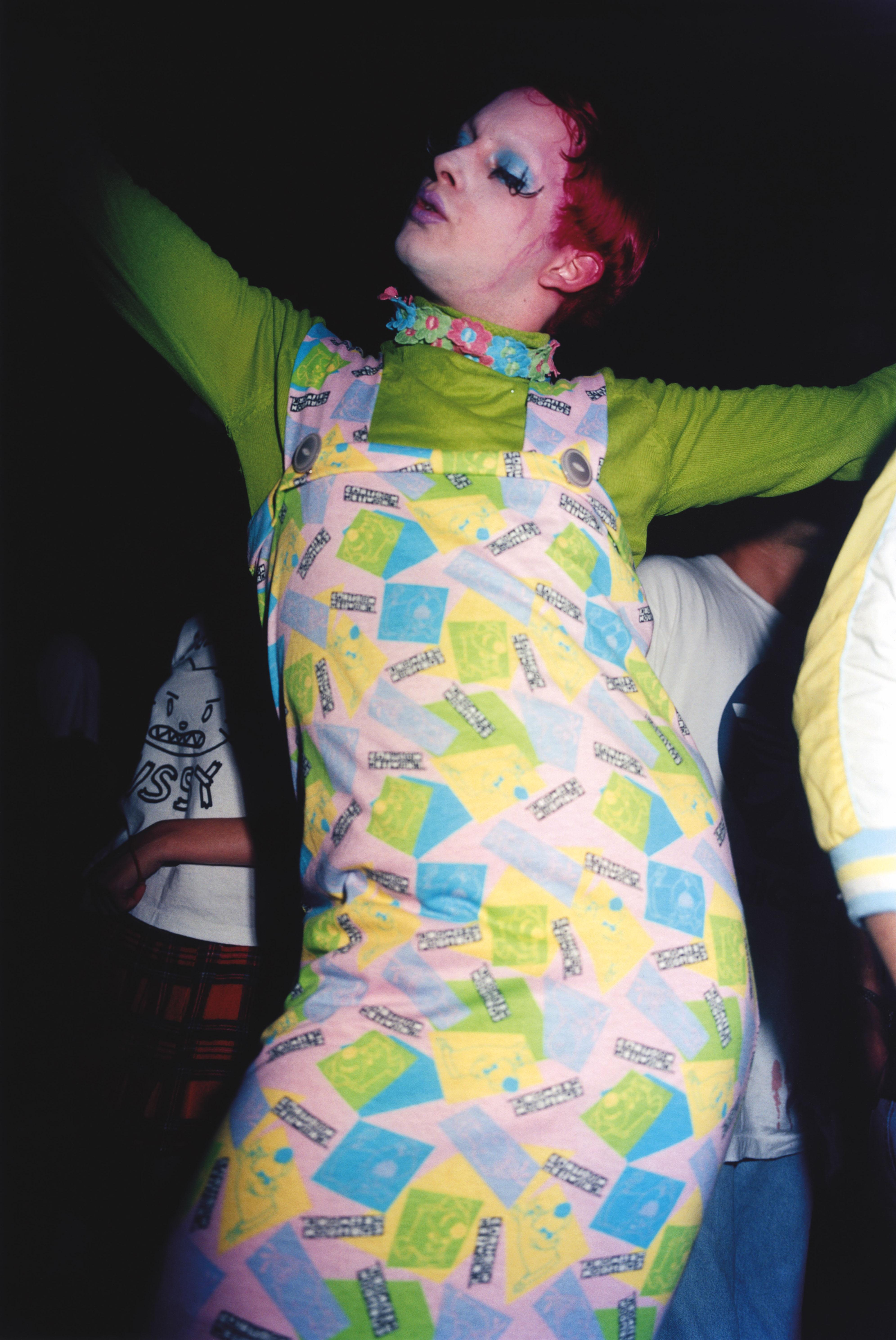
Nick Waplington, Untitled (WDM 196), 1989-1995 from the series We Dance in Mysteries, 1989-1995
IM: When I was that age doing clothes, I was in love with pictures and things that were made in the 1950s, 1960s and the 1970s. I was pulling from that, hoping to make something that would feel of its time. Now when I think about it, I know that there are young people looking at these pictures going, ‘how fabulous, New York City in the 1990s!!’ I was looking at my mother and her clothes and the decades before me and now there are people looking back to this period which is 35 goddamn years ago! What’s perverted about social media is we look at things as if they are definitive of a time period but with Nick's pictures, I don't think they are these desperate, sweaty moments from the 1990s that everyone assumes was the norm. They're just these beautiful pictures, you know?
Nick Waplington: We Dance in Mysteries: The Isaac Mizrahi Photographs, New York City 1989-1995 is at Hamiltons Gallery from 27 June – 23 September 2025
London based writer Dal Chodha is editor-in-chief of Archivist Addendum — a publishing project that explores the gap between fashion editorial and academe. He writes for various international titles and journals on fashion, art and culture and is a contributing editor at Wallpaper*. Chodha has been working in academic institutions for more than a decade and is Stage 1 Leader of the BA Fashion Communication and Promotion course at Central Saint Martins. In 2020 he published his first book SHOW NOTES, an original hybrid of journalism, poetry and provocation.
-
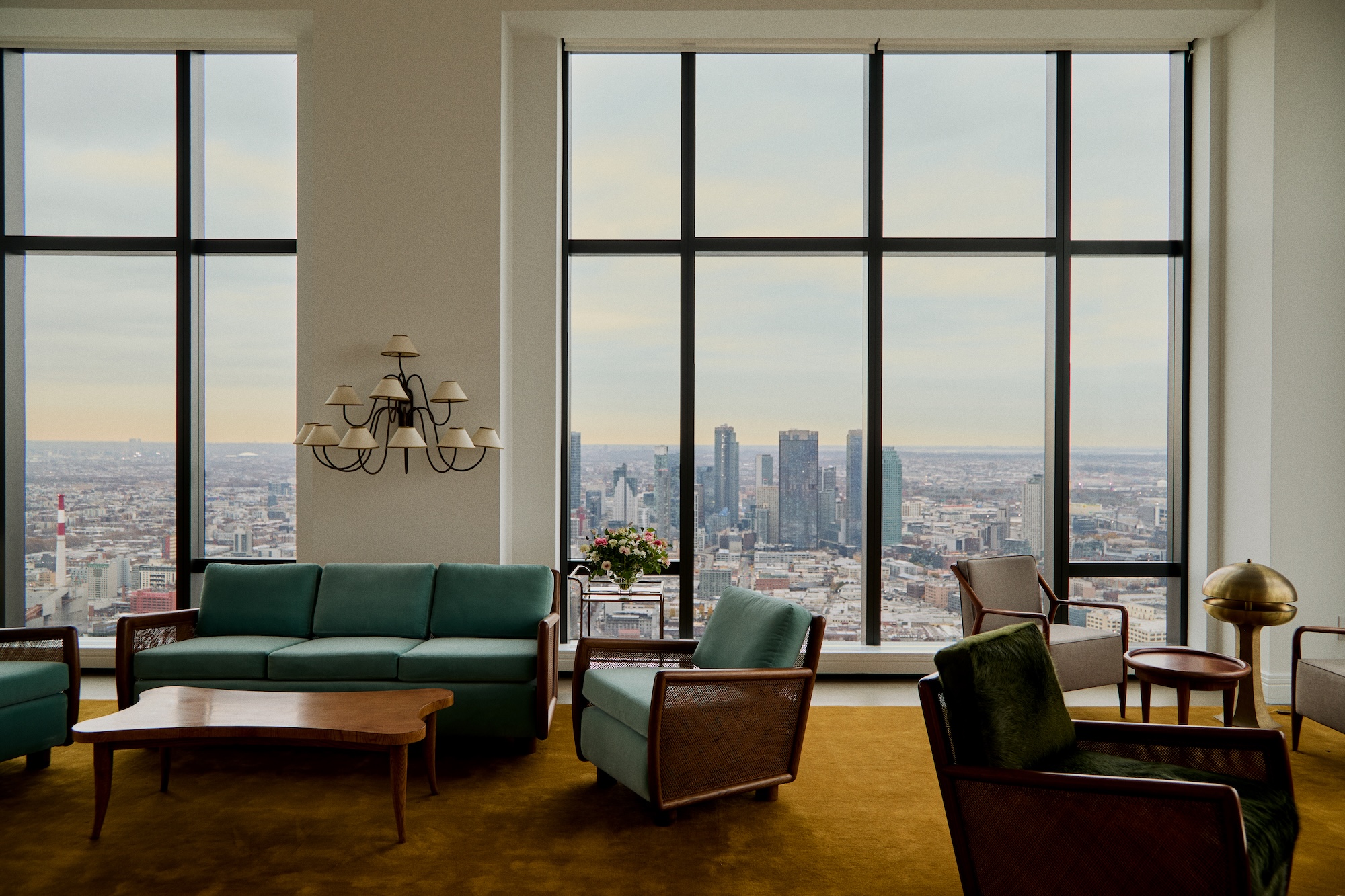 A breathtaking exhibition celebrating modernism’s transatlantic ties soars above Manhattan
A breathtaking exhibition celebrating modernism’s transatlantic ties soars above ManhattanCurated by interior designer Andre Mellone, 'Crossed Trajectories' at Galerie Gabriel's penthouse explores connections between nomadic post-war creatives Jean Royère, Roberto Platé and more
-
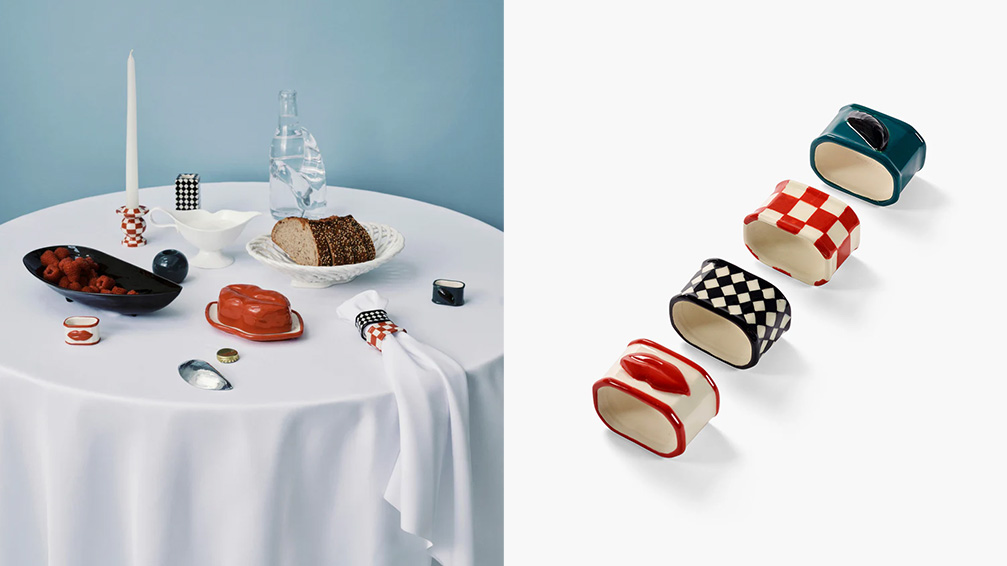 Sculptural, design-led napkin rings for festive tables
Sculptural, design-led napkin rings for festive tablesThe simple napkin ring harbours the potential to bring a stylish punch of personality to any table setting
-
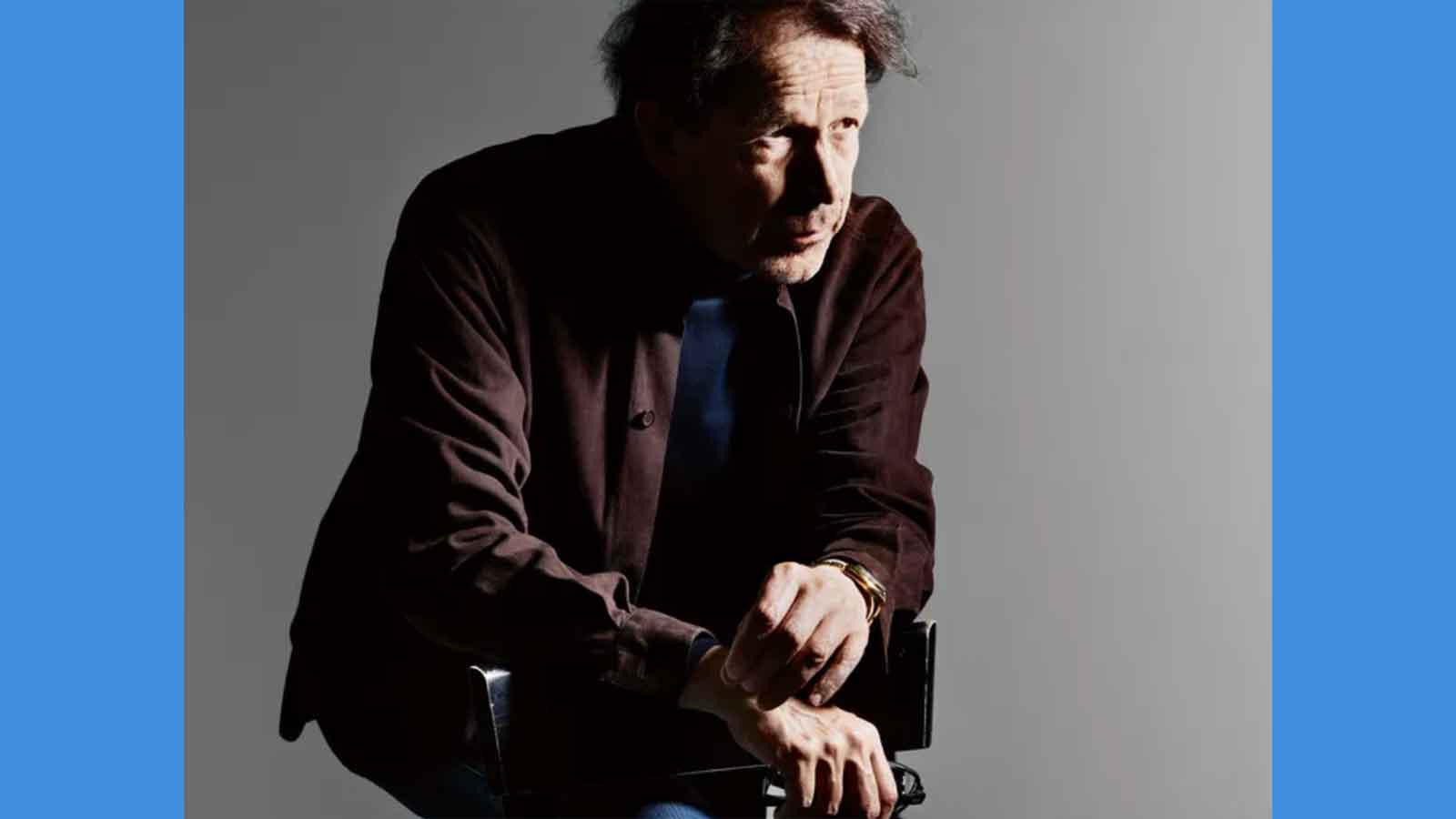 How Peter Saville came to art direct the best of contemporary culture
How Peter Saville came to art direct the best of contemporary cultureFrom Peter Saville's first steps with Factory Records and legendary album designs to his later work in art and fashion: we chart the history of the British art director
-
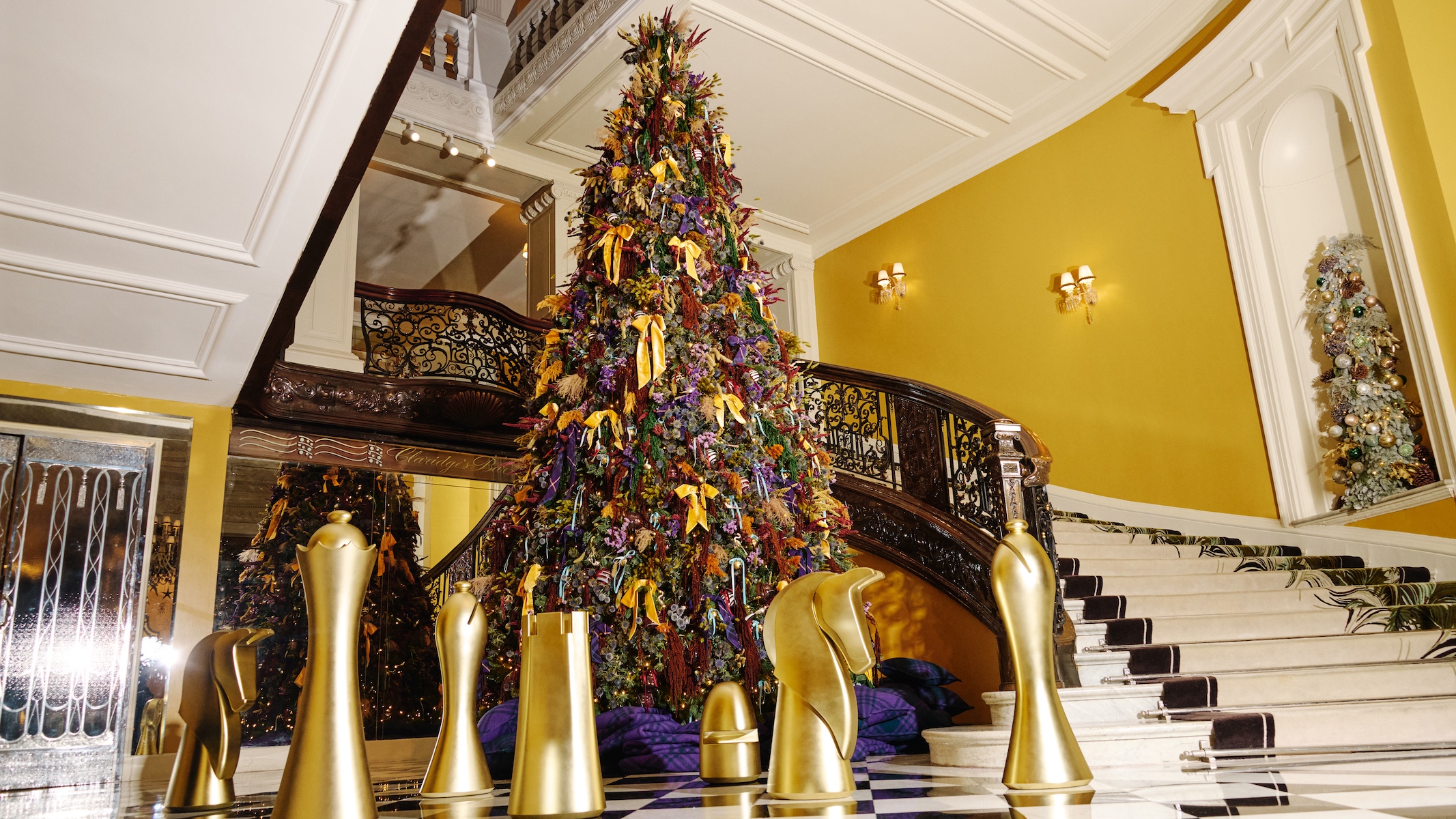 Inside Burberry’s festive Claridge’s takeover – including a Christmas tree covered in bows
Inside Burberry’s festive Claridge’s takeover – including a Christmas tree covered in bowsBurberry’s Daniel Lee has unveiled his vision for the Claridge’s Christmas tree, while the British house will also be taking over the hotel with Burberry cocktails, baubles and a special pop-up store
-
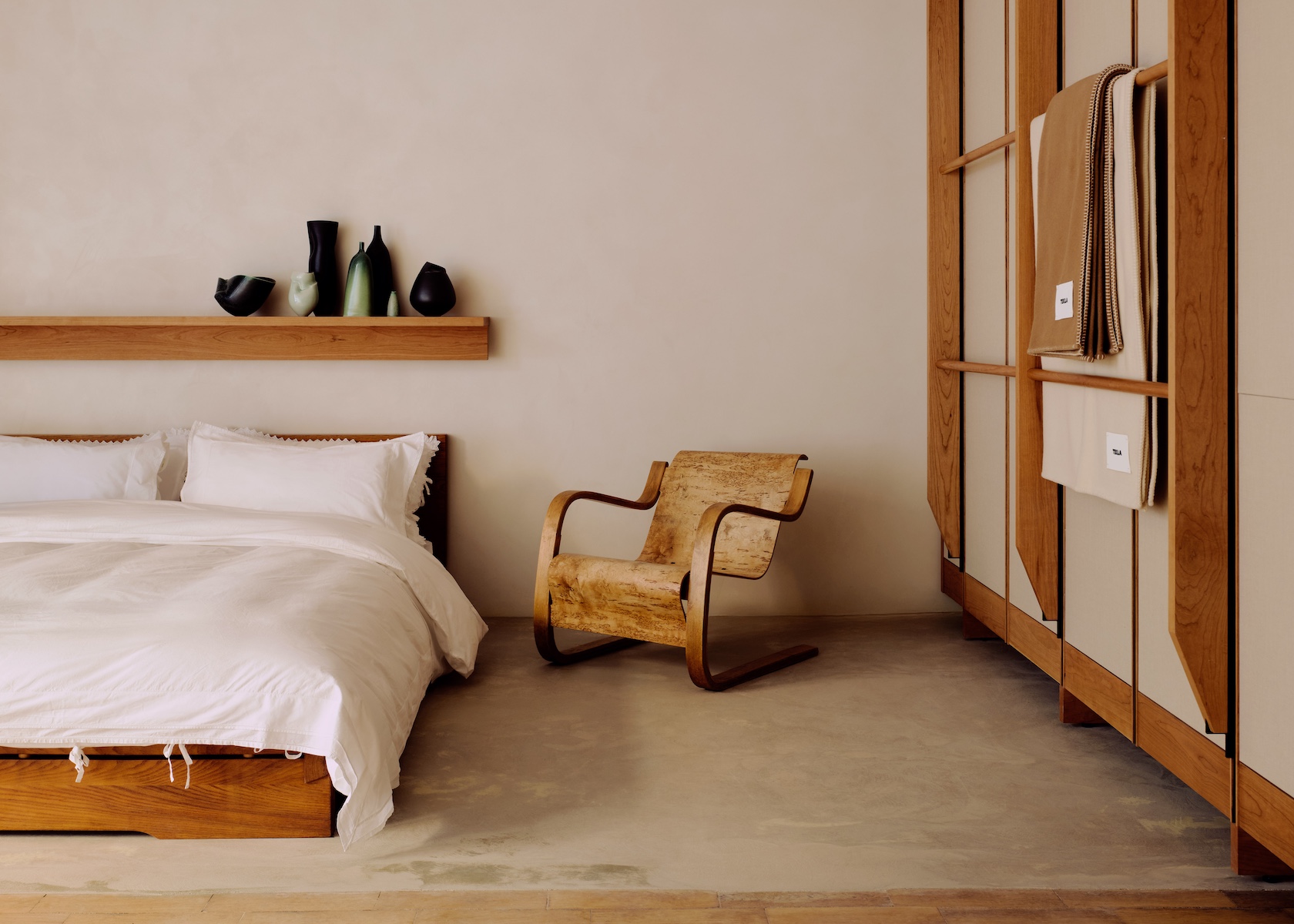 Tekla’s ‘soft and inviting’ London store is made to feel like you’re coming home
Tekla’s ‘soft and inviting’ London store is made to feel like you’re coming homeOpening on Marylebone High Street this week, the brand’s founders Charlie Hedin and Kristoffer Juhl talk to Wallpaper* about the domestic-inspired space, which marries elements of Danish and British design
-
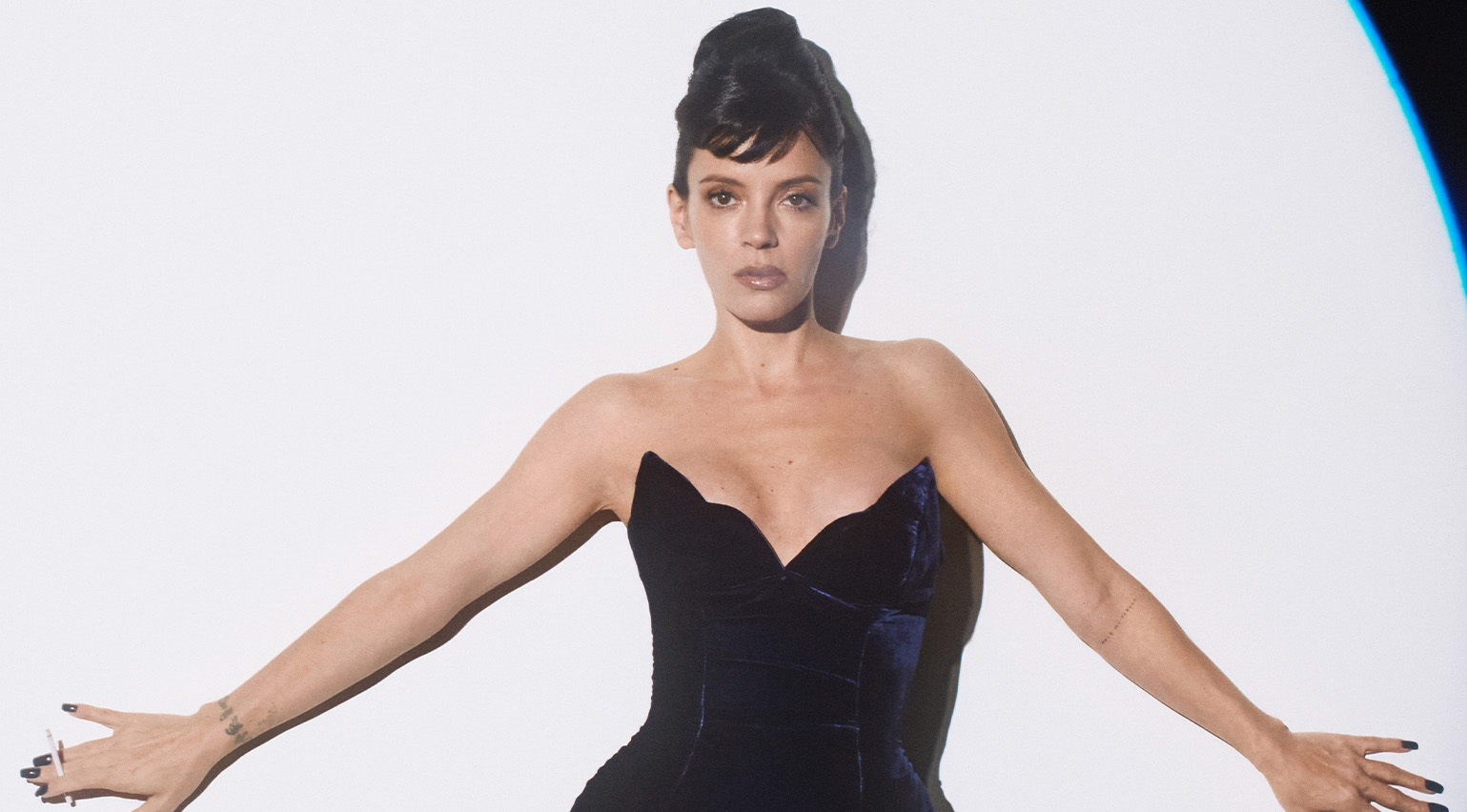 ‘Architect of glamour’ Antony Price makes a high-voltage return to the runway with 16Arlington
‘Architect of glamour’ Antony Price makes a high-voltage return to the runway with 16ArlingtonFeaturing a runway debut from Lily Allen, the show saw legendary designer Antony Price – best known for outfitting Roxy Music in the 1980s – unite with 16Arlington’s Marco Capaldo on the sensual after-dark collection
-
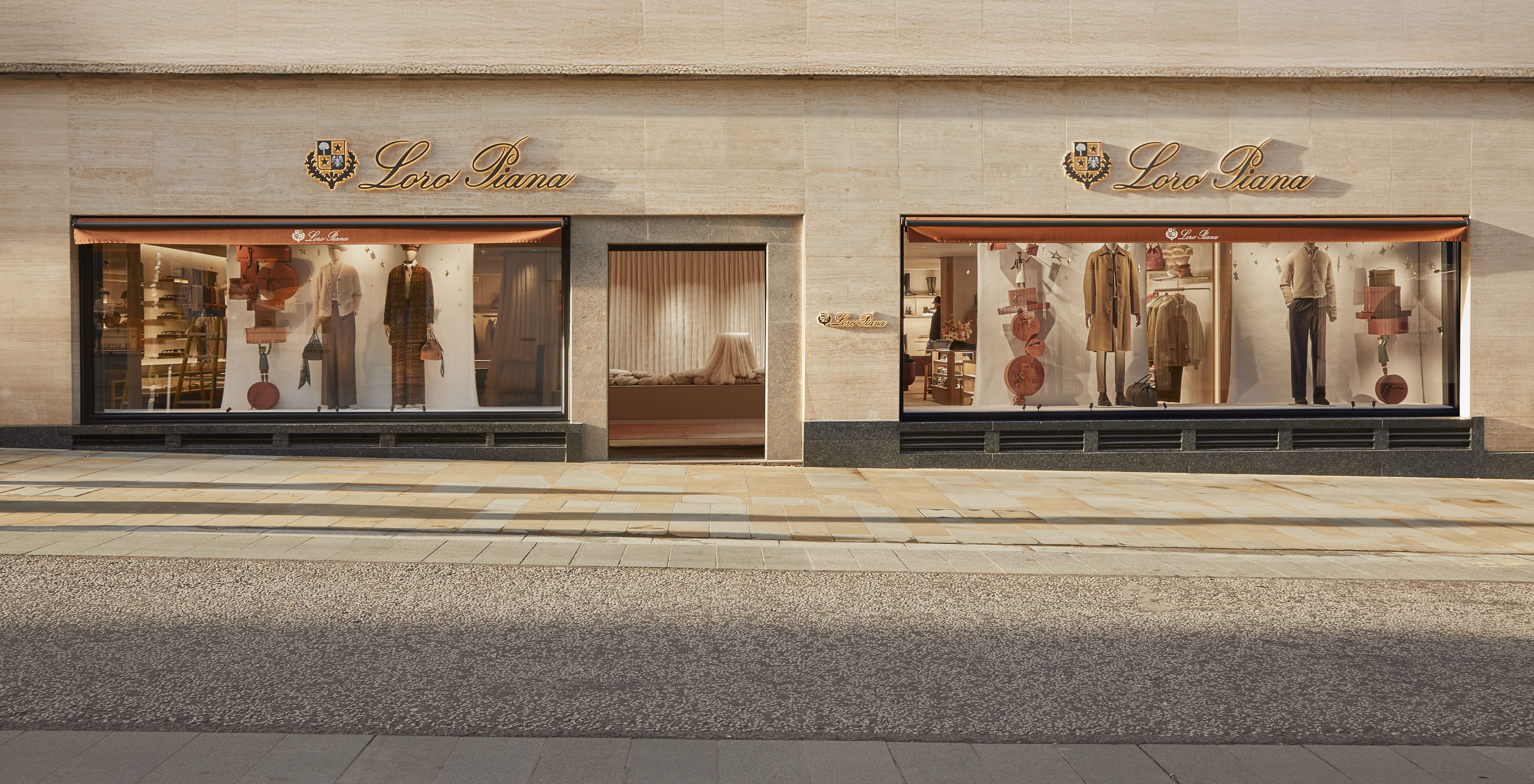 Loro Piana’s reopened London flagship is a tactile ‘home from home’
Loro Piana’s reopened London flagship is a tactile ‘home from home’Favouring tactility and warmth, the reopening of the New Bond Street store coincides with an installation at the nearby Royal Academy of the Arts, which traces a line from Loro Piana’s founding in 1924 to the present day
-
 Elevate your fitness journey at the best luxury gyms in London
Elevate your fitness journey at the best luxury gyms in LondonWhether you want to embrace your inner zen or throw a boxing punch, here is our pick of the best luxury gyms in London, offering superior services and surroundings
-
 Carhartt WIP ‘excavates’ the history of its Active Jacket with a monumental installation at Tate Modern
Carhartt WIP ‘excavates’ the history of its Active Jacket with a monumental installation at Tate ModernConceived by Thomas Subreville’s practice ILL-STUDIO, the immersive installation marked 50 years of the perennial workwear jacket by exploring its ’collective symbolism’ through scenography, video and performance
-
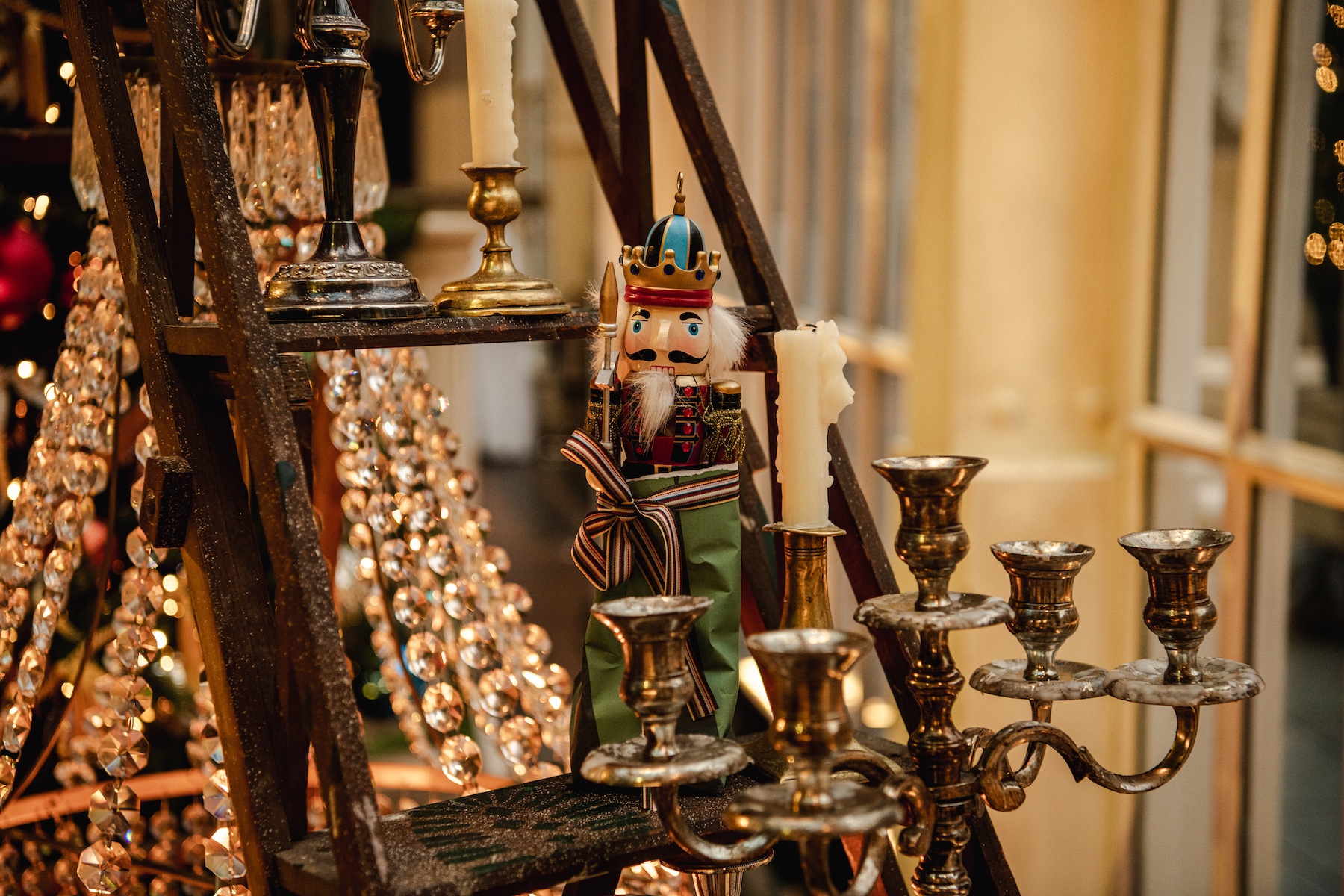 Inside Paul Smith’s magical Christmas takeover of London’s Royal Opera House
Inside Paul Smith’s magical Christmas takeover of London’s Royal Opera HousePaul Smith has conceived the Christmas tree for fellow Covent Garden institution the Royal Opera House as a ‘peek behind the curtains’, with decorations inspired by a theatre’s backstage
-
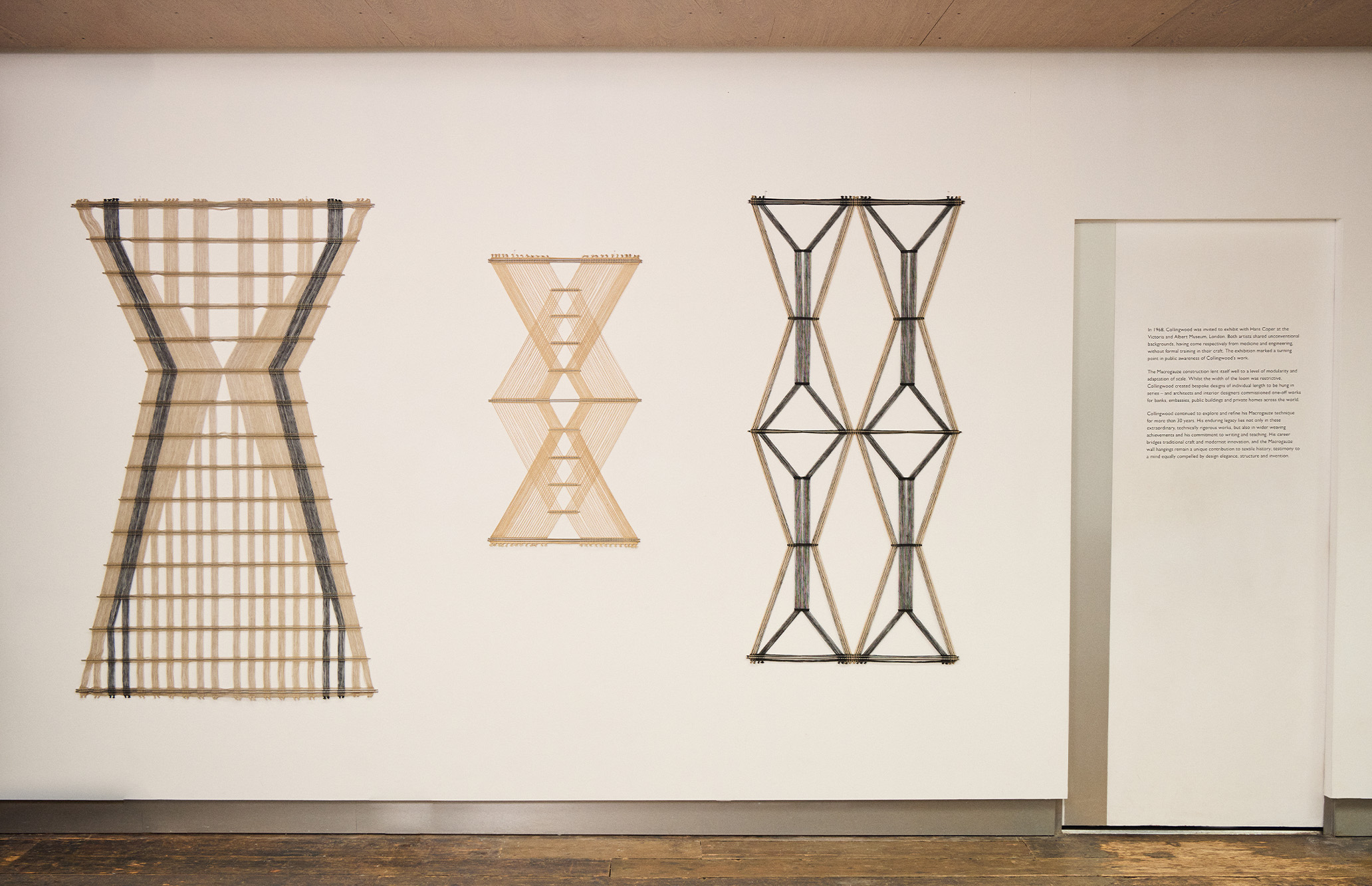 Margaret Howell celebrates the ‘modern and grounded’ work of British weaver Peter Collingwood with a rare exhibition and calendar
Margaret Howell celebrates the ‘modern and grounded’ work of British weaver Peter Collingwood with a rare exhibition and calendarOne of the 20th century’s seminal weavers, the exhibition provides a serene respite from Frieze London, unfolding in Margaret Howell’s London store